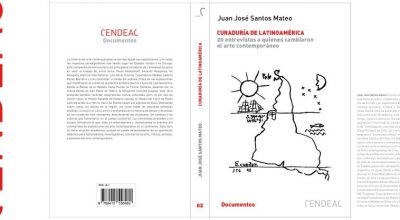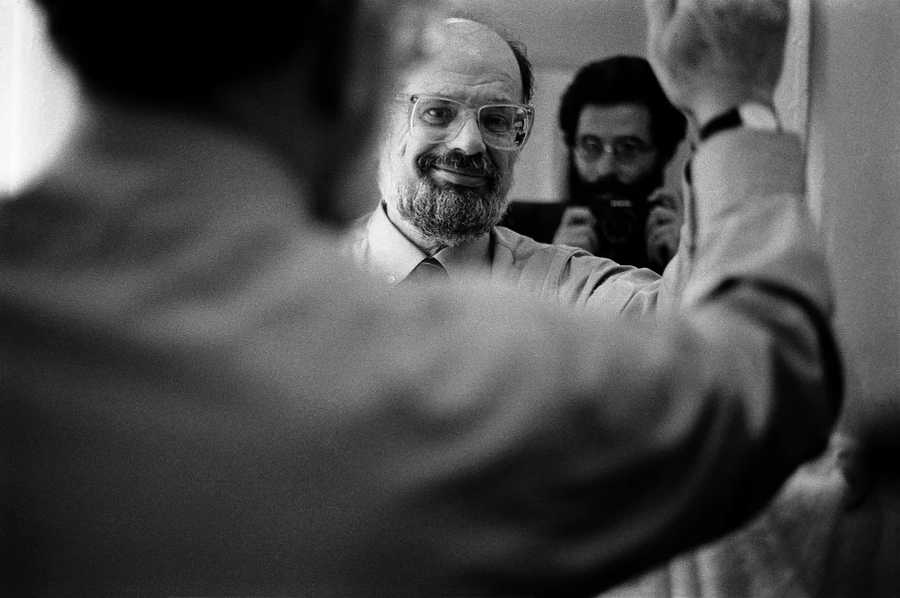
ARCHAEOLOGIES OF THE SELFIE
On February 27th, Galeria Nara Roesler | New York opened Archaeologies of the Selfie, an exhibition commenting on today’s phenomenon of mass image production and dissemination arguably conflated in the recent genre of the selfie. The exhibition curator Luis Pérez-Oramas begins by contextualizing the case of the selfie through two concurrent ideas: Pierre Bourdieu’s theory of Middle-Brow Art and the narcissistic autarchy of the individual.
Following Bourdieu’s approach, Pérez-Oramas situates the selfie as a symptom of the social use of photography, whereby we can all become photographers by having access to devices that produce easy and increasingly perfect images. Concomitantly, the narcissistic autarchy of the individual addresses the social use of photography as a means of self-representation – either realistic or fantasized – and as a token of one’s existence.
From this perspective, one can establish an archaeology of the selfie beginning with the fantasized image of Narcissus’ luring and ultimately fatal reflection. Archaeologies of the Selfie thus emerges from this archè, not as an exhibition of photographs nor of selfies, but rather as a curatorial commentary on the dialectic of self-representation and image obliteration –in Pérez-Oramas’ words, as an exercise of ‘deconstruction of the selfie and reconciliation with slow imagery.’
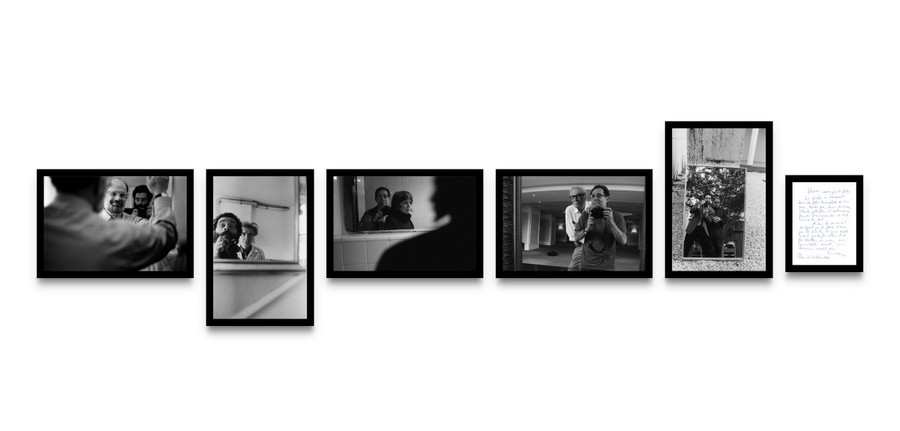
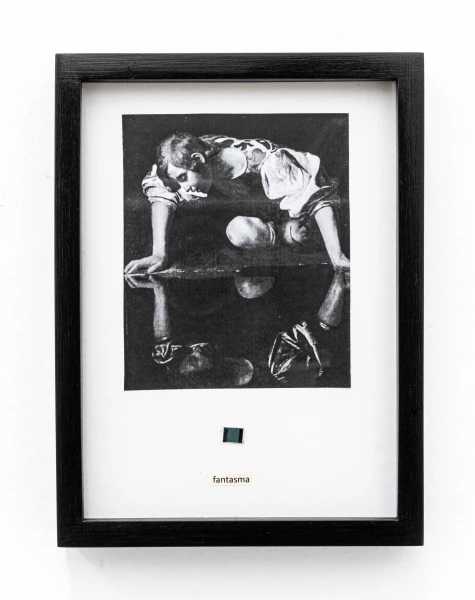
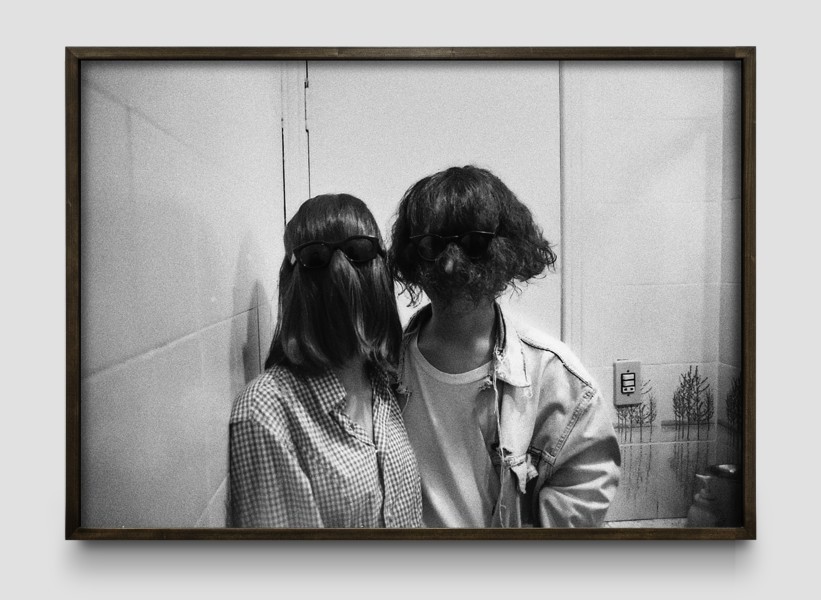
“No one could have known, when we opened the show, that selfies would be radically transformed in their very intentions, becoming the most important means of visual communication among people, as they are forced to confinement and quarantine,” the curator says in an email communication sent by the gallery.
“Suddenly, unexpectedly, the utmost narcissistic practice of image-making turned out to be the most effective way to reach others, offering testimony, breaching distance, overcoming reclusion and ultimately showing our resilient, living community, as it faces and triumphs over the dread of global illness. No one could have known either that in a matter of weeks the world would confront the pandemic of COVID-19 at a planetary scale, turning the meaning of selfies upside down, from head to toe,” he adds.


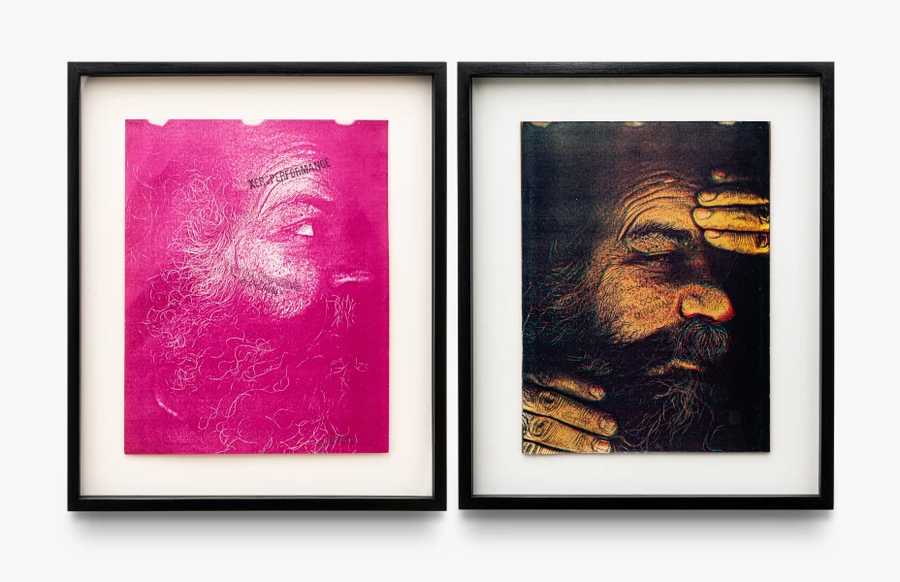
The core pieces, or historical anchors, of Archaeologies of the Selfie are two paintings: Sun Photo as Self-Portrait (1968) by Antonio Dias – because ultimately all selfies are self-portraits – and Untitled (1961) by Tomie Ohtake, which she painted wearing a blindfold and while being explicitly self-referential in its making, nonetheless results in an obliterated image.
These markers are exhibited with pieces by Milton Machado, Cao Guimarães, Paulo Bruscky, Wesley Duke Lee, Vicente de Mello, André Severo and Vasco Szinetar – each of which inherently explores, in their process of making, medium or in their imagery, the different ways in which the self has been depicted, referenced, imagined, obliterated or defied over time.
Archaeologies of the Selfie presents pieces from the enduring matter that is the rhetoric around the self, reinvigorated today by the nature of contemporary image production, positioning the selfie within an art historical trajectory that has accompanied this social, anthropological and psychological phenomenon.
“Our days have brought a new dimension to our show at a time when selfies have unexpectedly become the most social form of imagery: from our quarantines, from the intimacy of our reclusion and closeness we stand as a society, as plurality, as multitude, through our own images.», concludes Pérez-Oramas.
ARCHAEOLOGIES OF THE SELFIE
Galeria Nara Roesler | New York, 22 East, 69th Street, 3rd floor, New York
February 28 – April 18, 2020
También te puede interesar
Paulo Bruscky:artist Books And Films, 1970-2013
Conocido por su participación activa en el movimiento de arte correo y por las relaciones dinámicas que forjó con artistas internacionales, entre ellos artistas de los movimientos Fluxus y Gutai que trabajaban en Nueva...
CURADURÍA DE LATINOAMÉRICA. 20 ENTREVISTAS A QUIENES CAMBIARON EL ARTE CONTEMPORÁNEO
La publicación presenta conversaciones que se mantienen fieles al tono comunicativo de cada entrevistado. En algunos diálogos se tiene la sensación de estar en el salón de casa conversando con un artista, escuchando los...
DOS PANORÁMICAS DEL ARTE BRASILEÑO EN NUEVA YORK Y LONDRES
La galería neoyorquina Luhring Augustine y la londinense Herald St presentan de manera simultánea dos muestras colectivas que ofrecen una doble panorámica de la producción artística brasileña, a través de la obra de artistas…


